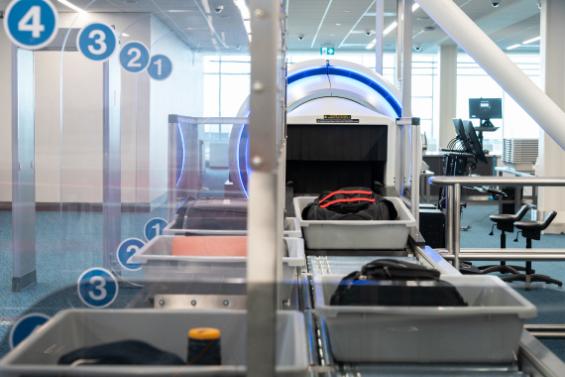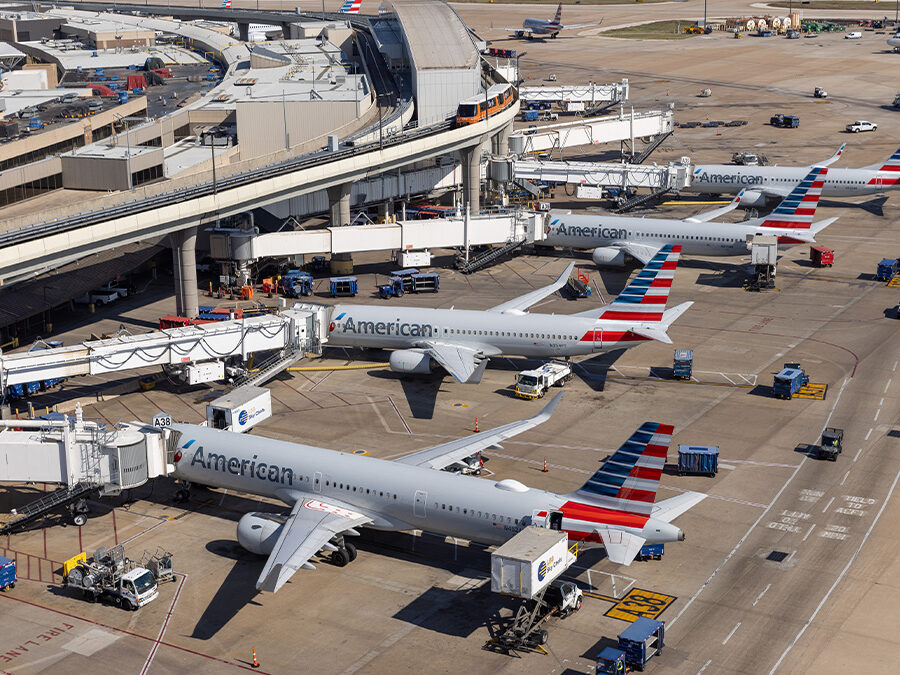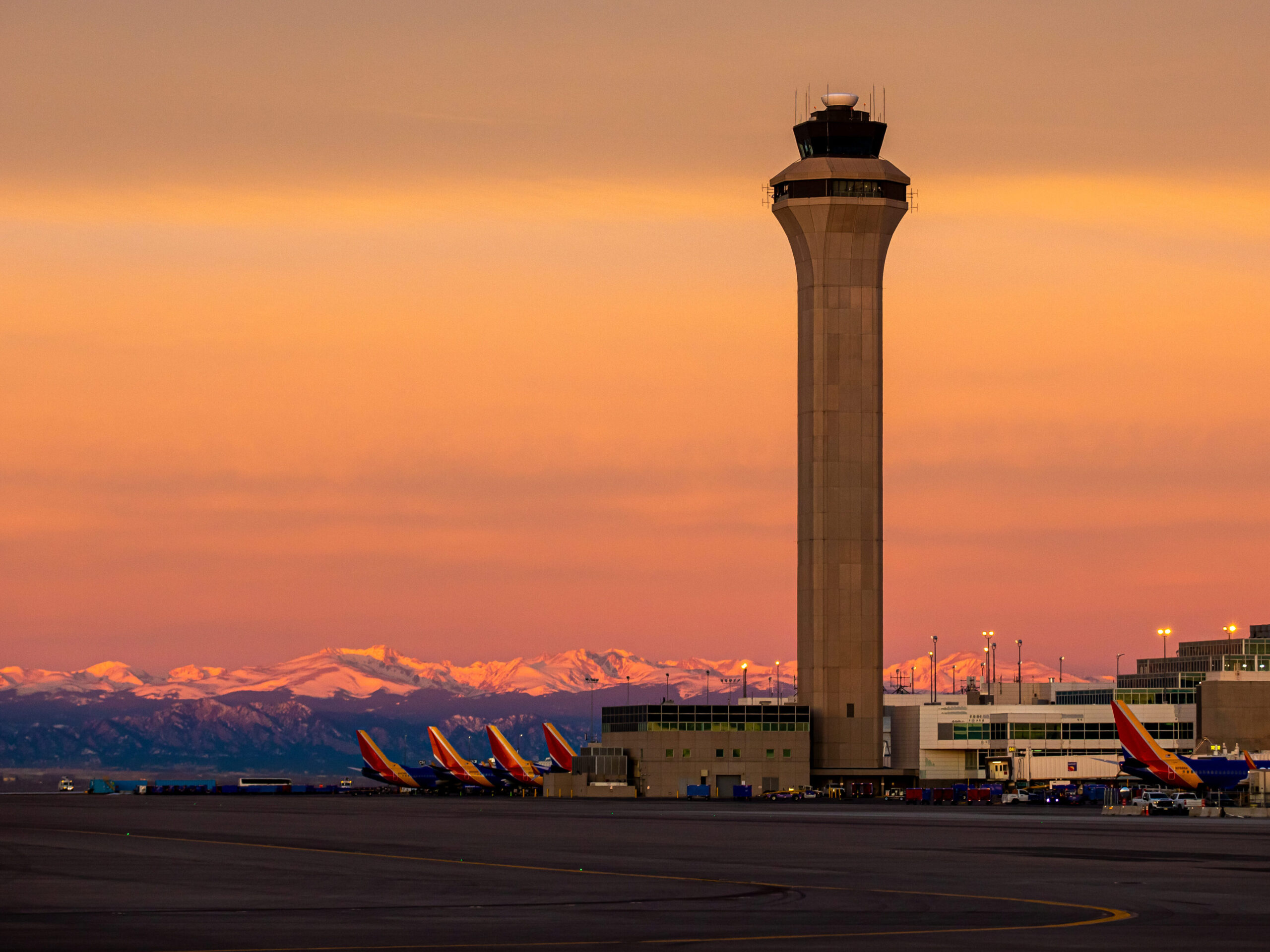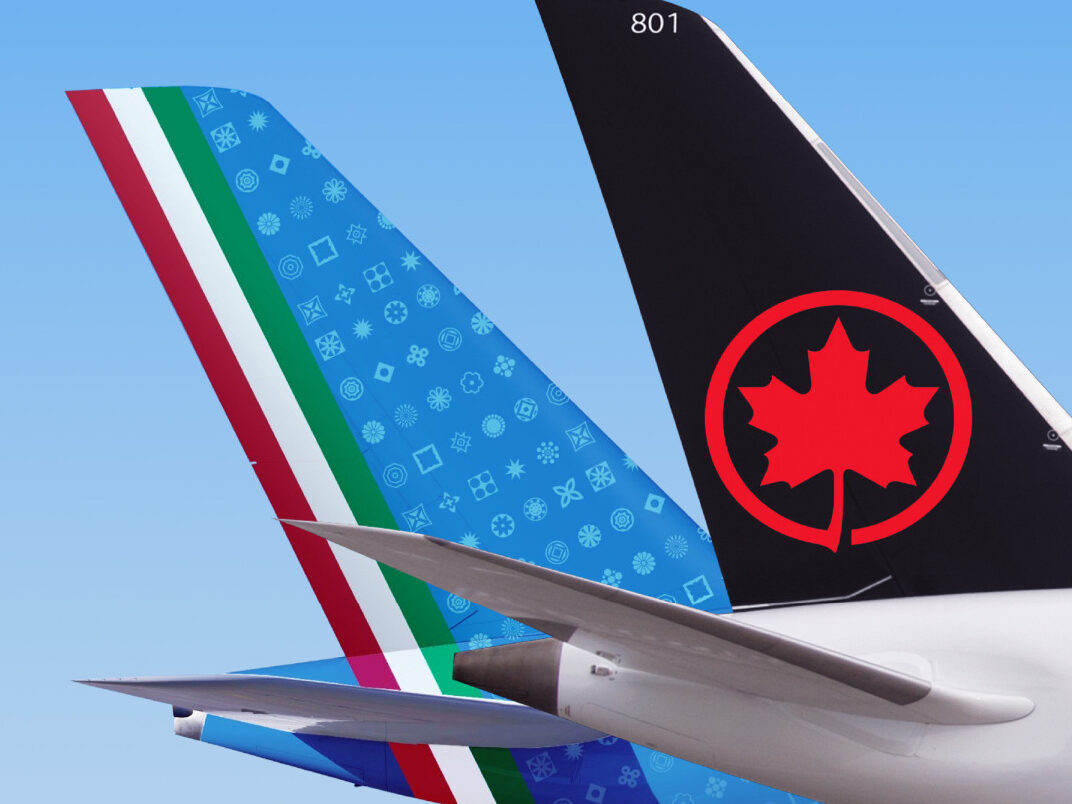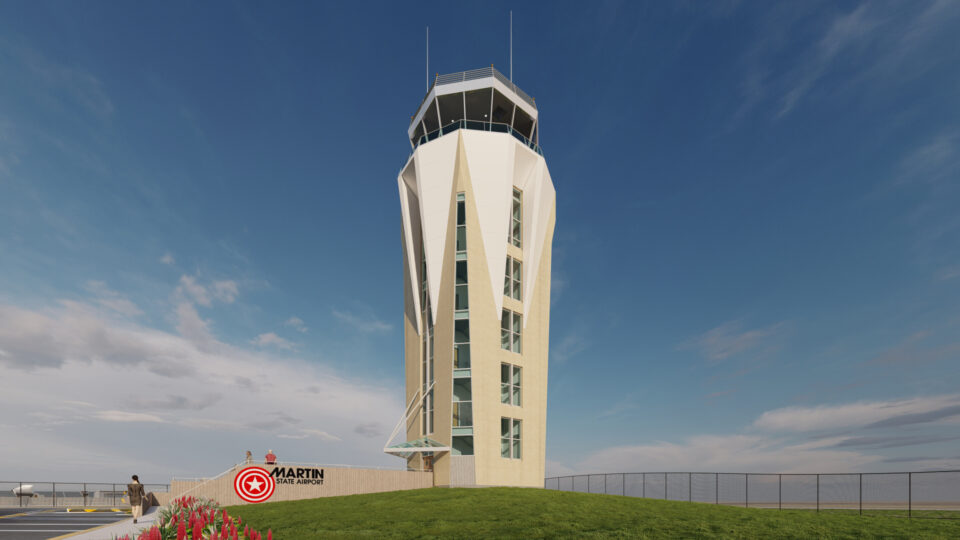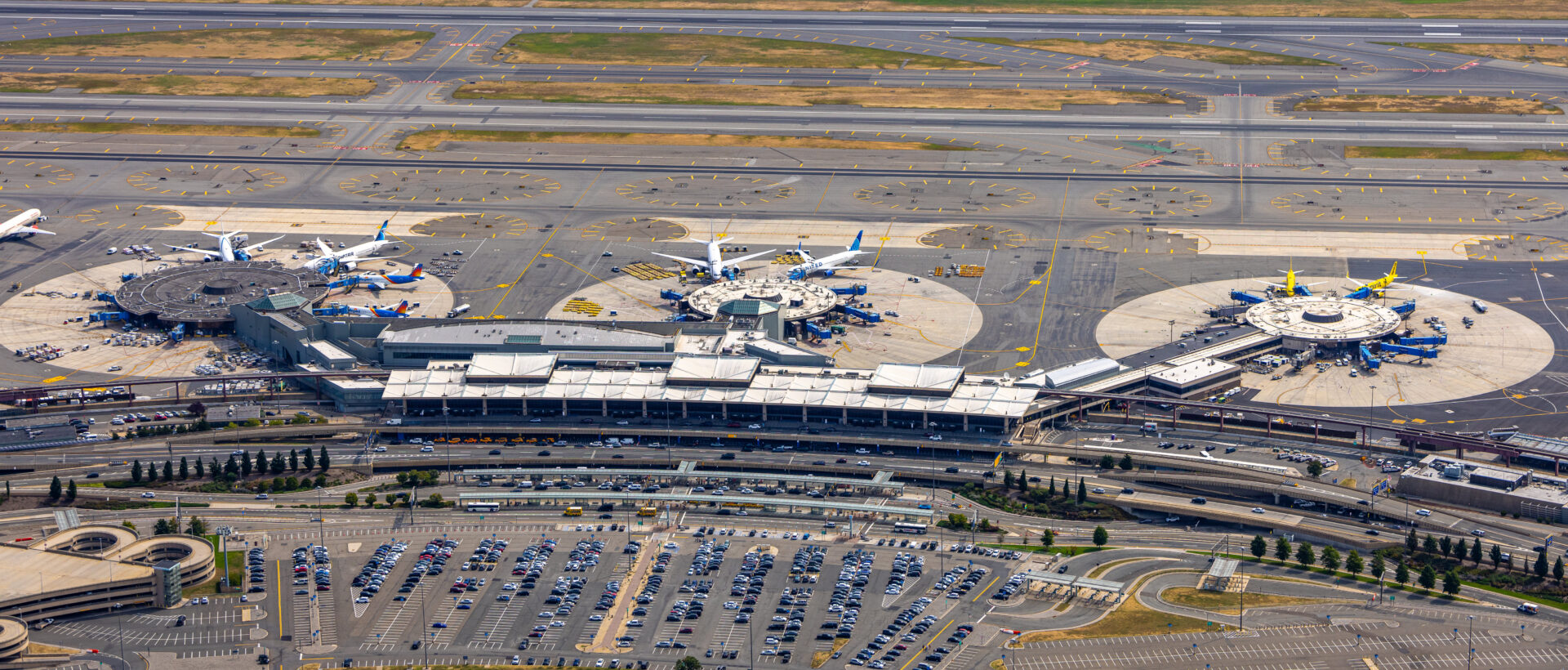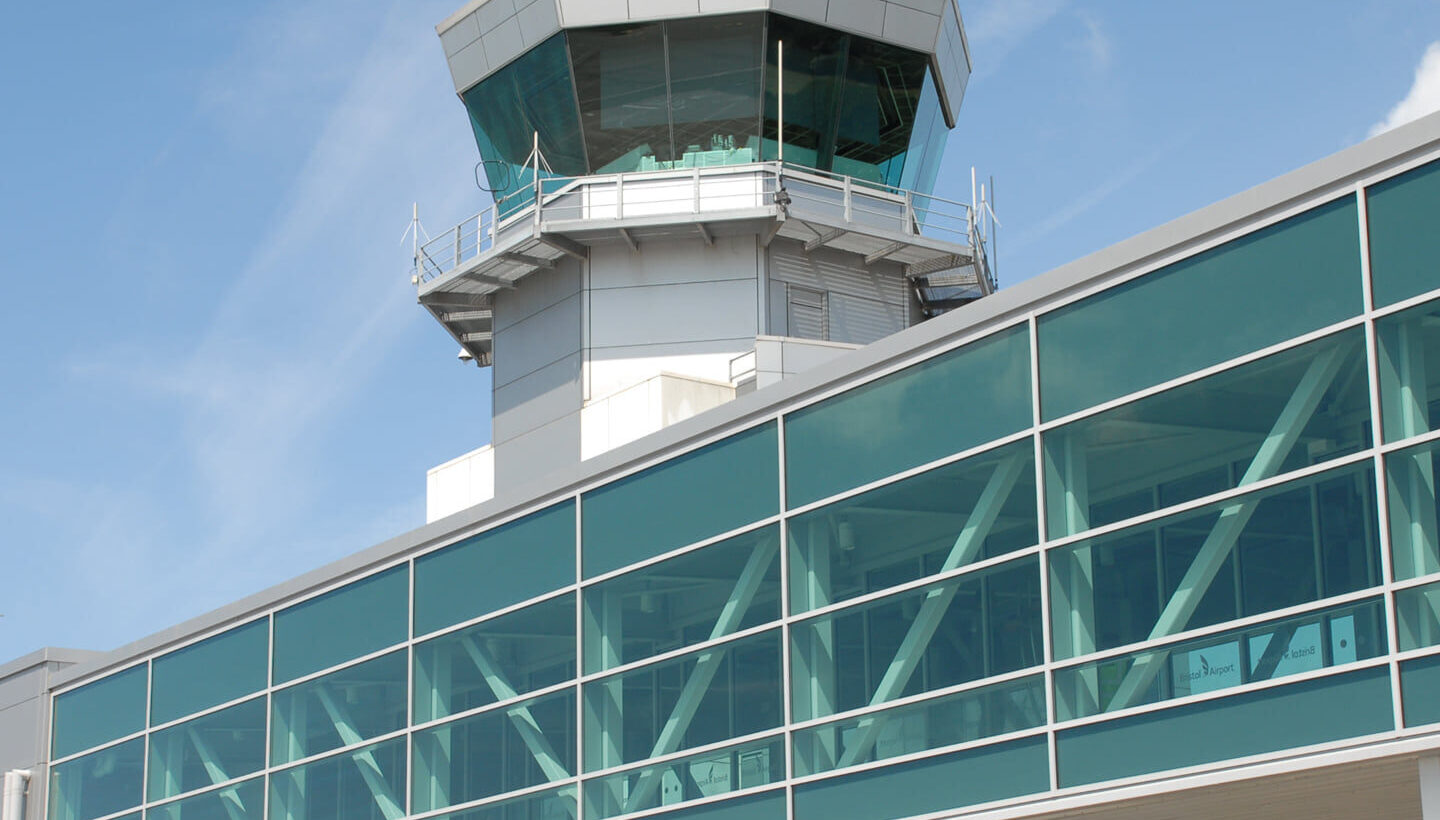As forest fires become more frequent and intense, airports are adapting their operations to handle wildfire smoke.
Canada’s extensive forests make it susceptible to wildfires, and recent years have seen a rise in both the number and severity of these events. In the first half of 2025, Northern Ontario recorded over 180 wildfires. In June, smoke from fires in Manitoba drifted into southern Ontario, briefly pushing Toronto’s air quality to one of the lowest global rankings. With a hot, dry summer forecast, similar episodes are expected to continue.
While forest fire smoke remains an infrequent issue in southern Ontario, the growing scale of wildfires means that airports such as Toronto Pearson are increasingly having to manage its impacts.
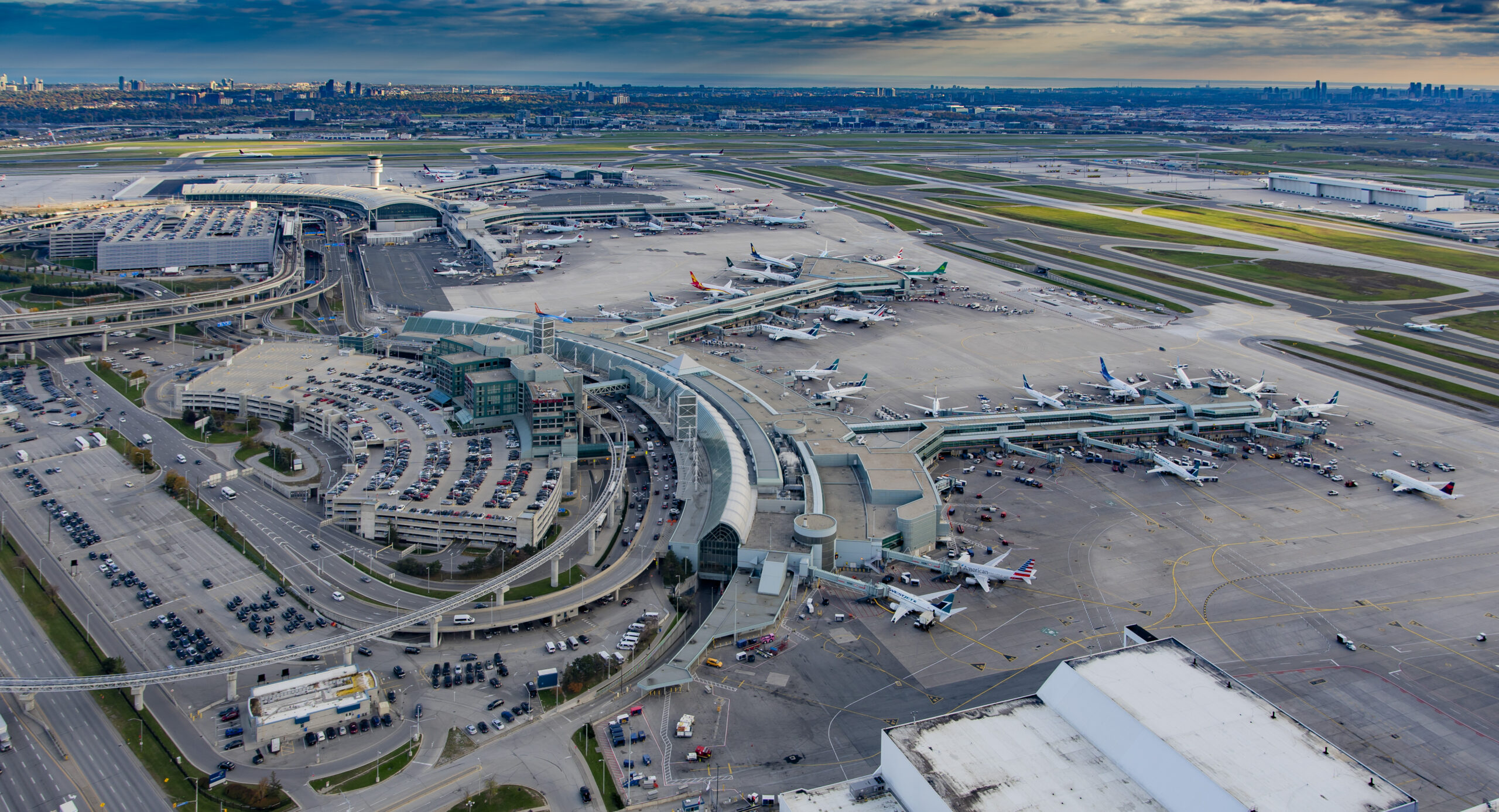
Monitoring and Early Warnings
One of the advantages in dealing with wildfire smoke is that it tends to arrive with some warning. Wildfires capable of affecting air traffic in Toronto often begin hundreds of kilometres away, and the smoke they produce can be tracked using satellite data and weather models.
According to Sonny Parmar, Airport Duty Manager at Toronto Pearson, the airport uses environmental monitoring tools to stay ahead of developments. If poor conditions are predicted, Pearson’s operations centre issues advisories to airport tenants, including airlines and ground handling firms.
Parmar said:We have systems that enable us to pull up a smoke map. As soon as we see smoke in our weather forecasts, we check with Environment Canada for air-quality alerts.
Measures for Ground Staff
Ground crews, who work outdoors for extended periods, are among those most exposed to poor air quality. In anticipation of deteriorating conditions, additional safety measures are introduced. These vary depending on the company but typically include adjustments such as extended rest periods, the use of protective equipment, or shifting certain tasks indoors.
While smoke inhalation is a concern, the airport and its partners follow occupational health guidelines to reduce risk and ensure continuity of essential operations.
Flight Routing and Aircraft Considerations
Airline operations teams also keep close watch on smoke conditions. Where possible, flights are routed around smoke plumes to maintain cleaner airspace. Although wildfire smoke does not pose the same immediate hazard as volcanic ash, which can damage engines and require grounding of aircraft, it can still have operational effects. Soot particles can build up on aircraft surfaces, increasing cleaning and maintenance requirements.
Rerouted flights may take slightly longer, but in most cases, passengers do not notice the difference.
Visibility and Delays
The most direct impact of smoke at an airport is reduced visibility. Although modern aircraft and air traffic systems are designed to operate safely in low-visibility conditions, there are still operational constraints. Air traffic controllers may increase spacing between aircraft on approach, reducing runway throughput. This can result in delays if poor visibility persists for several hours.
Parmar added:Every plane takes a minute or two longer to land, taxi and offload. Over time that adds up.
Advice for Passengers
When wildfire smoke affects the Greater Toronto Area, passengers may notice a haze in the air or reduced visibility of the runway from terminal windows. While most flights continue to operate, delays and cancellations are possible depending on the severity of conditions. Passengers are advised to check their flight status through their airline or Pearson’s official website.
As climate patterns shift and wildfires become more common, Toronto Pearson and other major airports are likely to experience similar challenges more frequently. By refining procedures, investing in monitoring systems, and working closely with federal agencies and air operators, the airport aims to manage these events while minimising disruption to passengers and staff.



